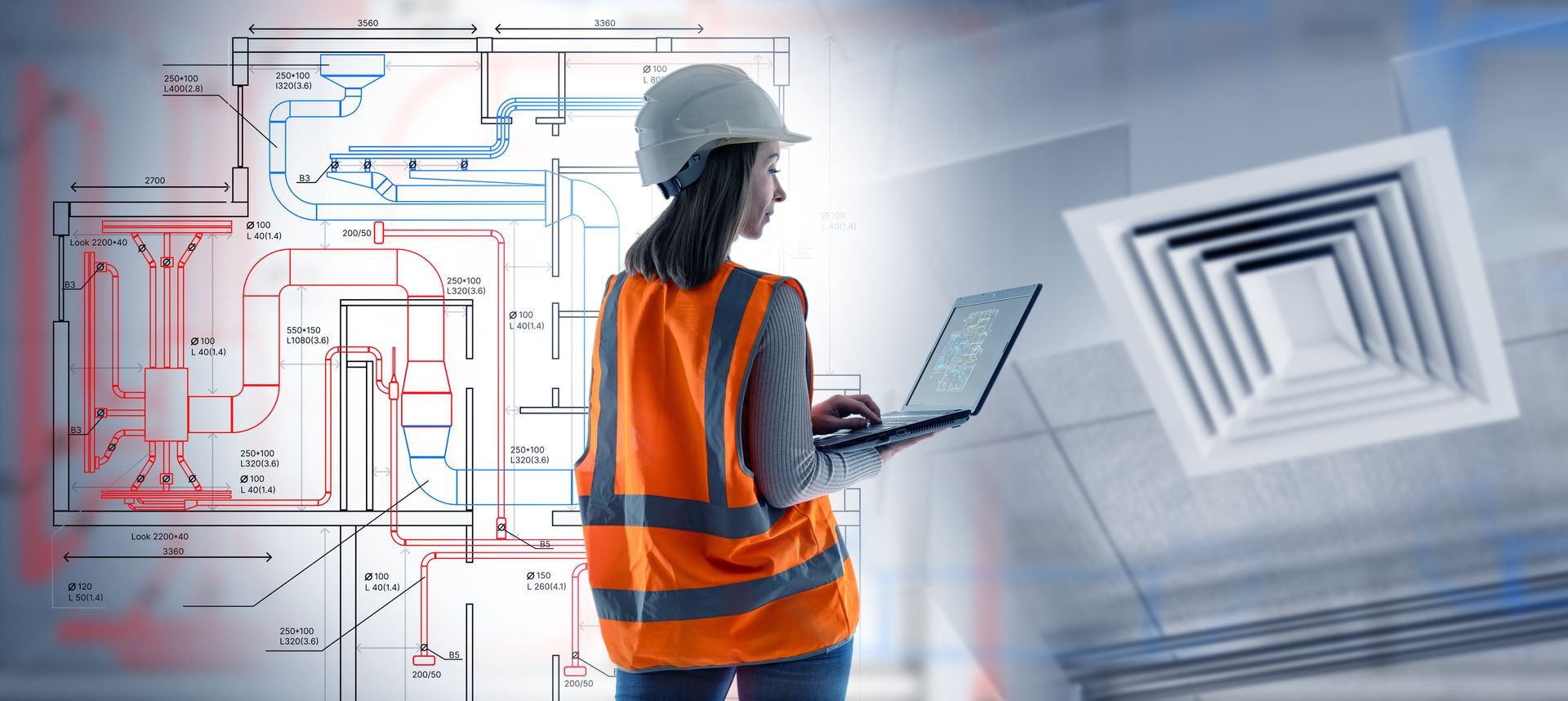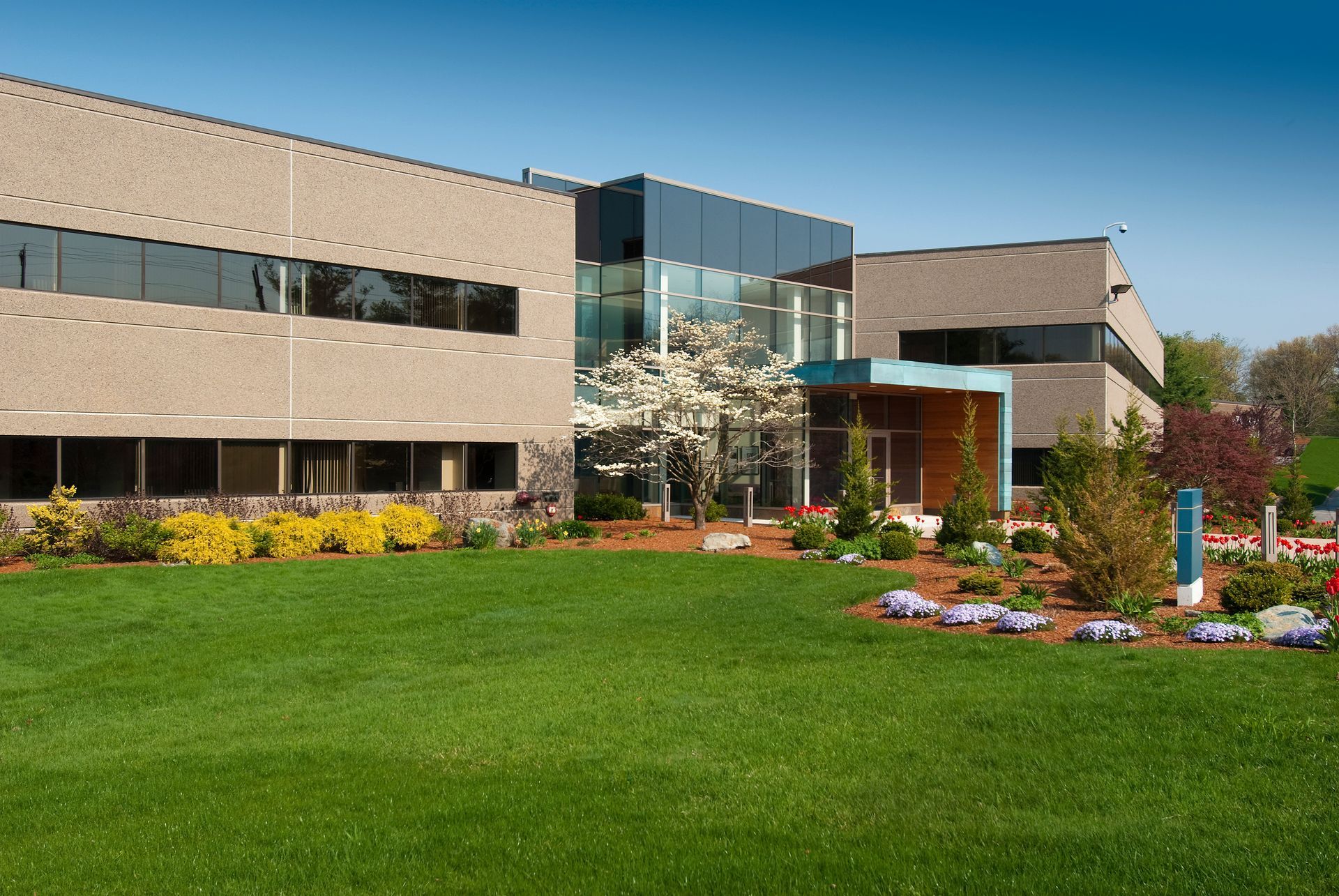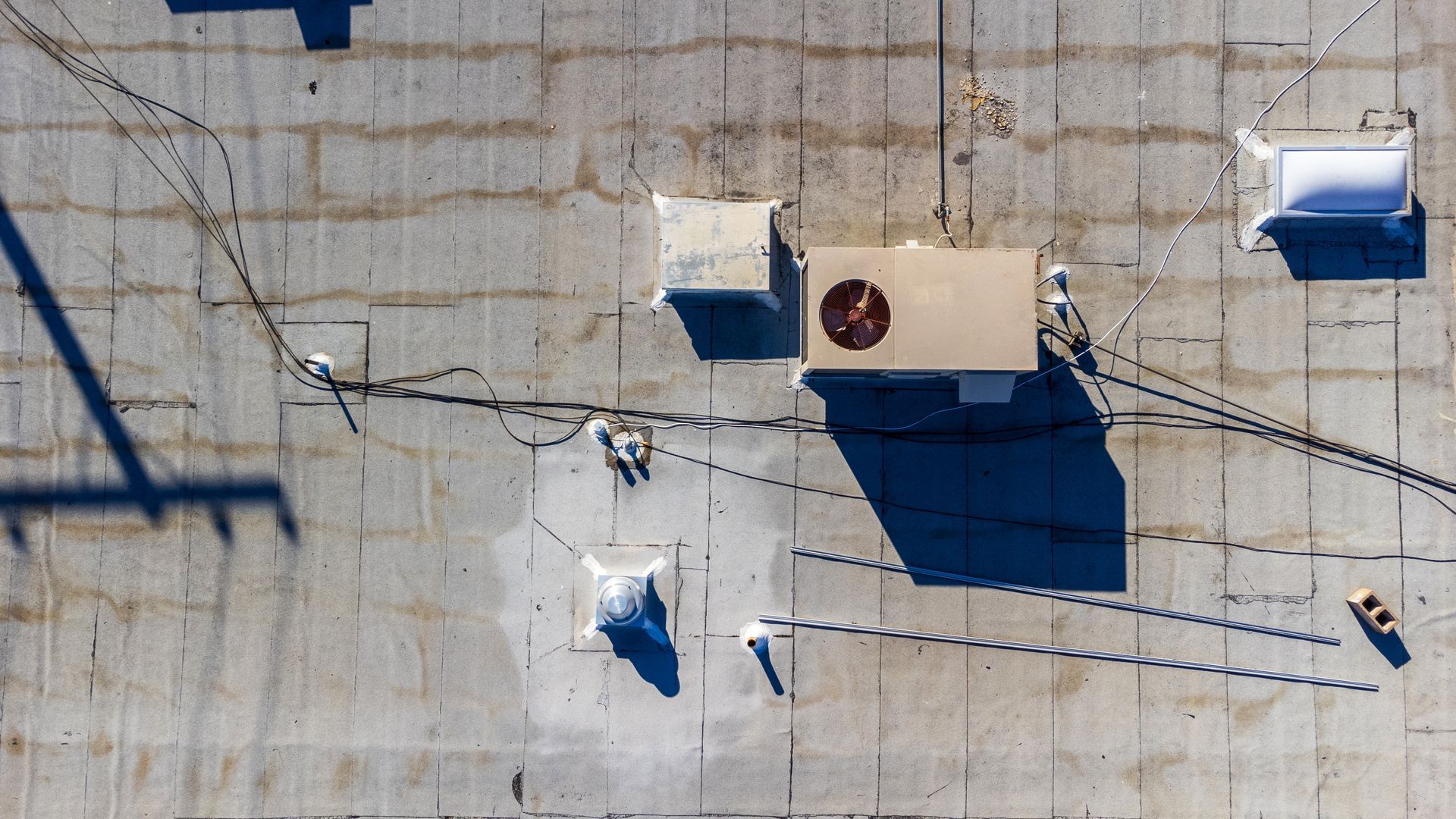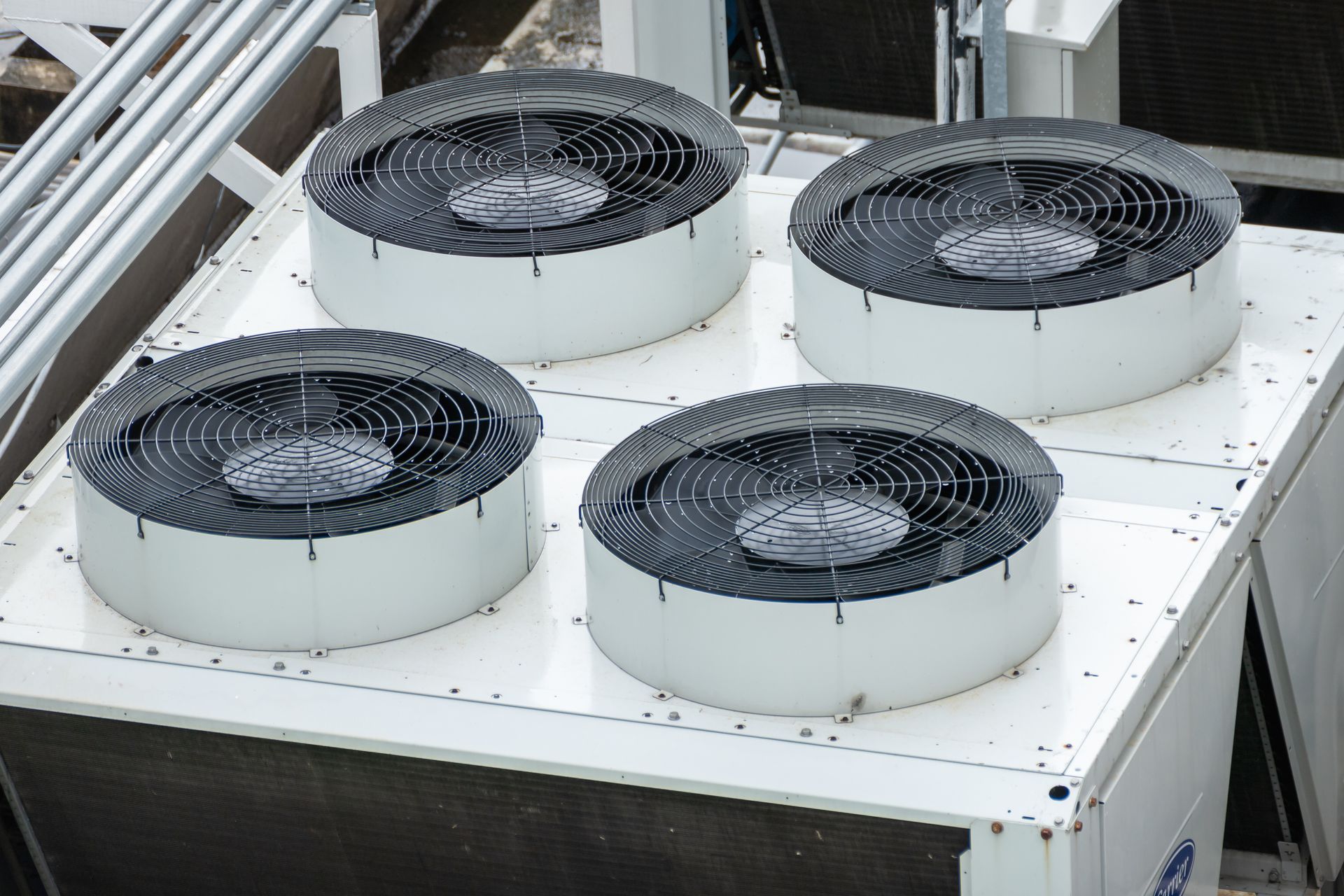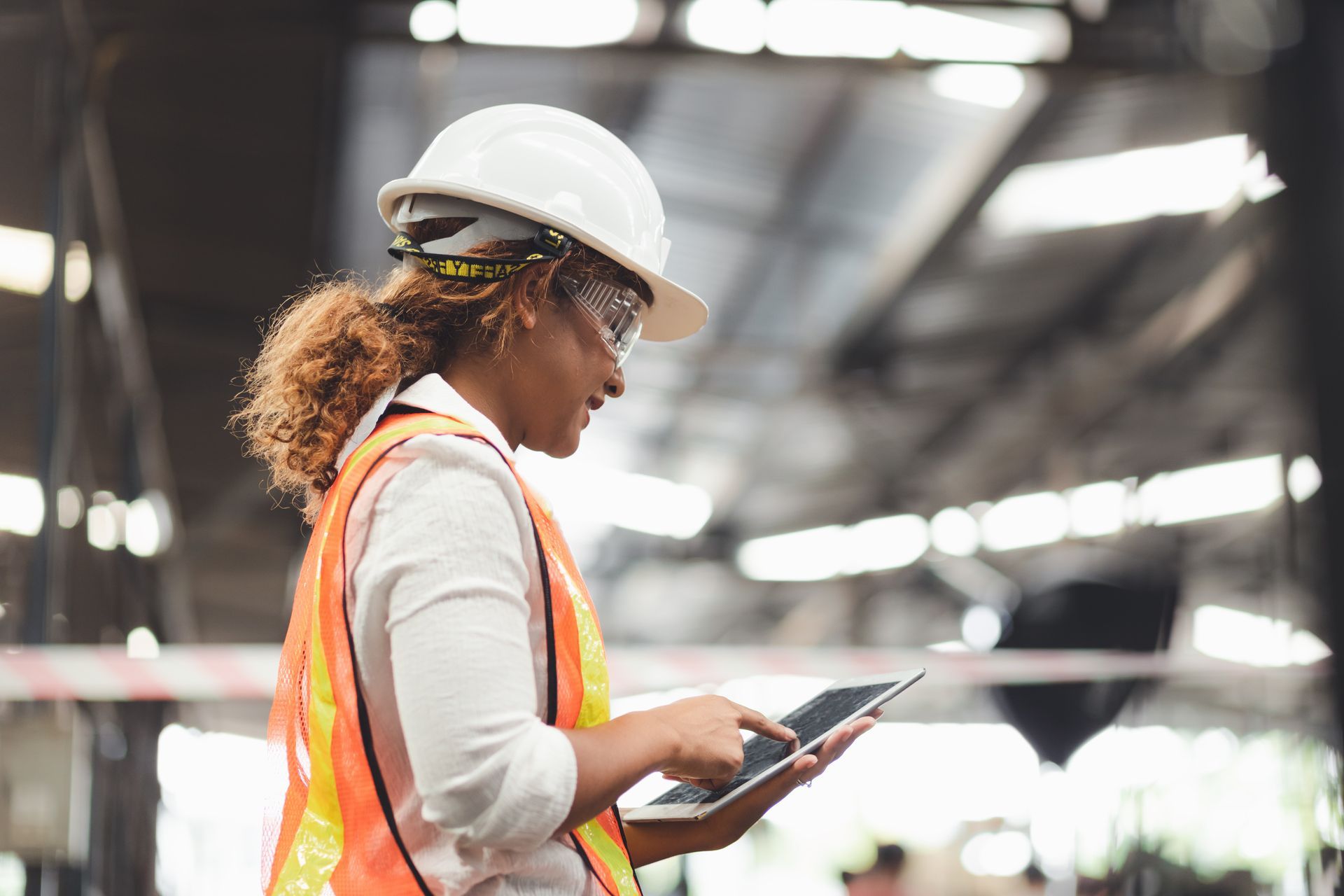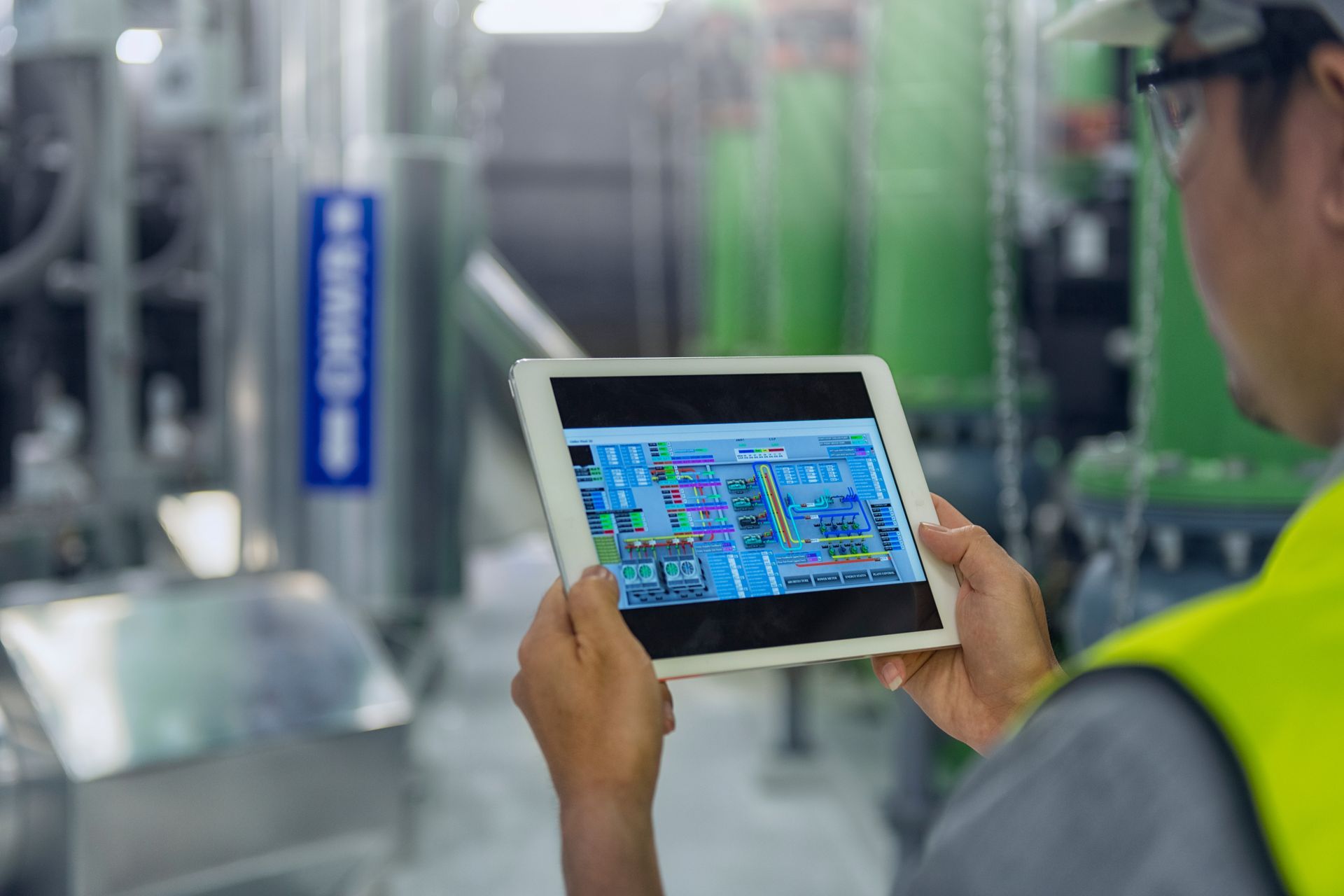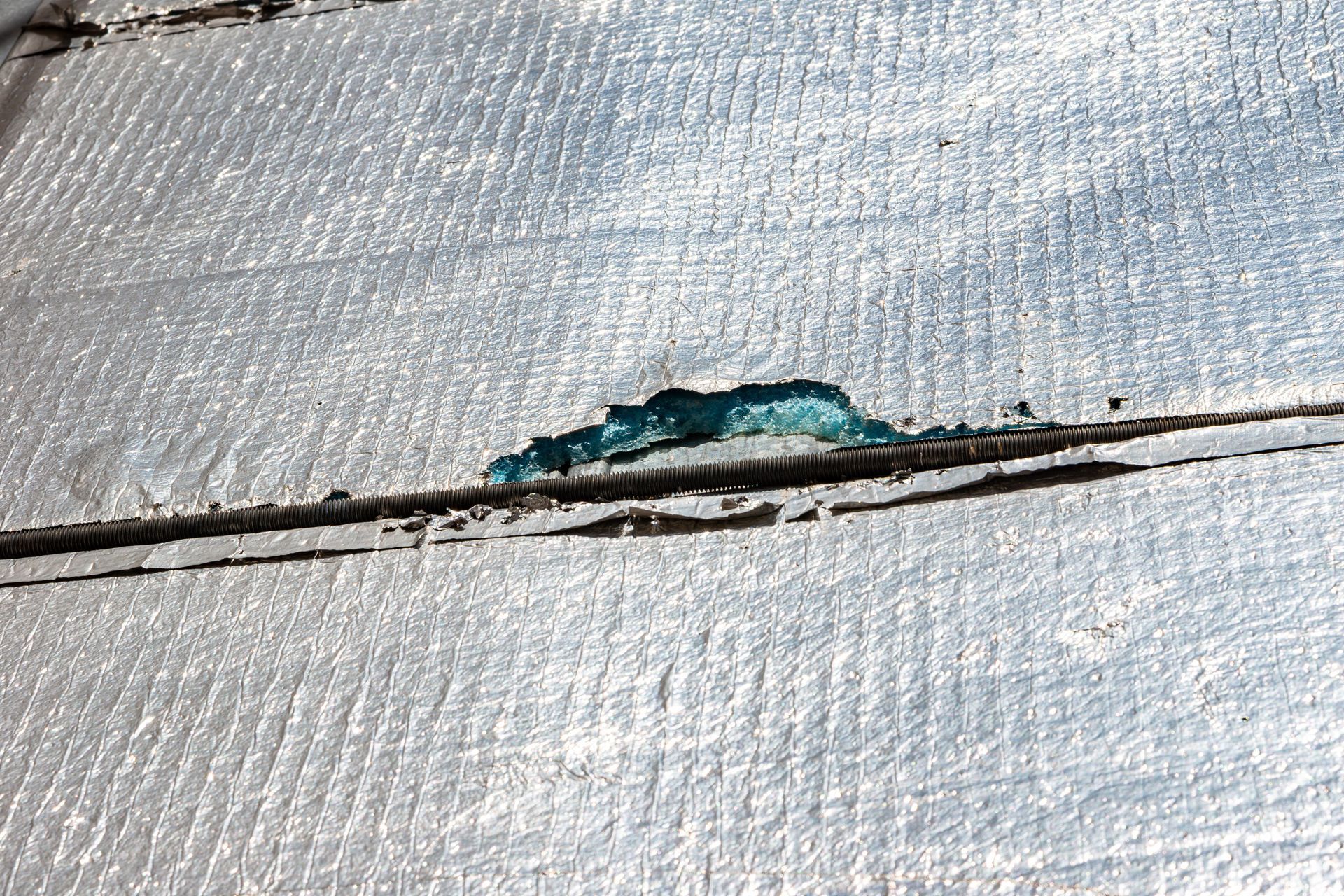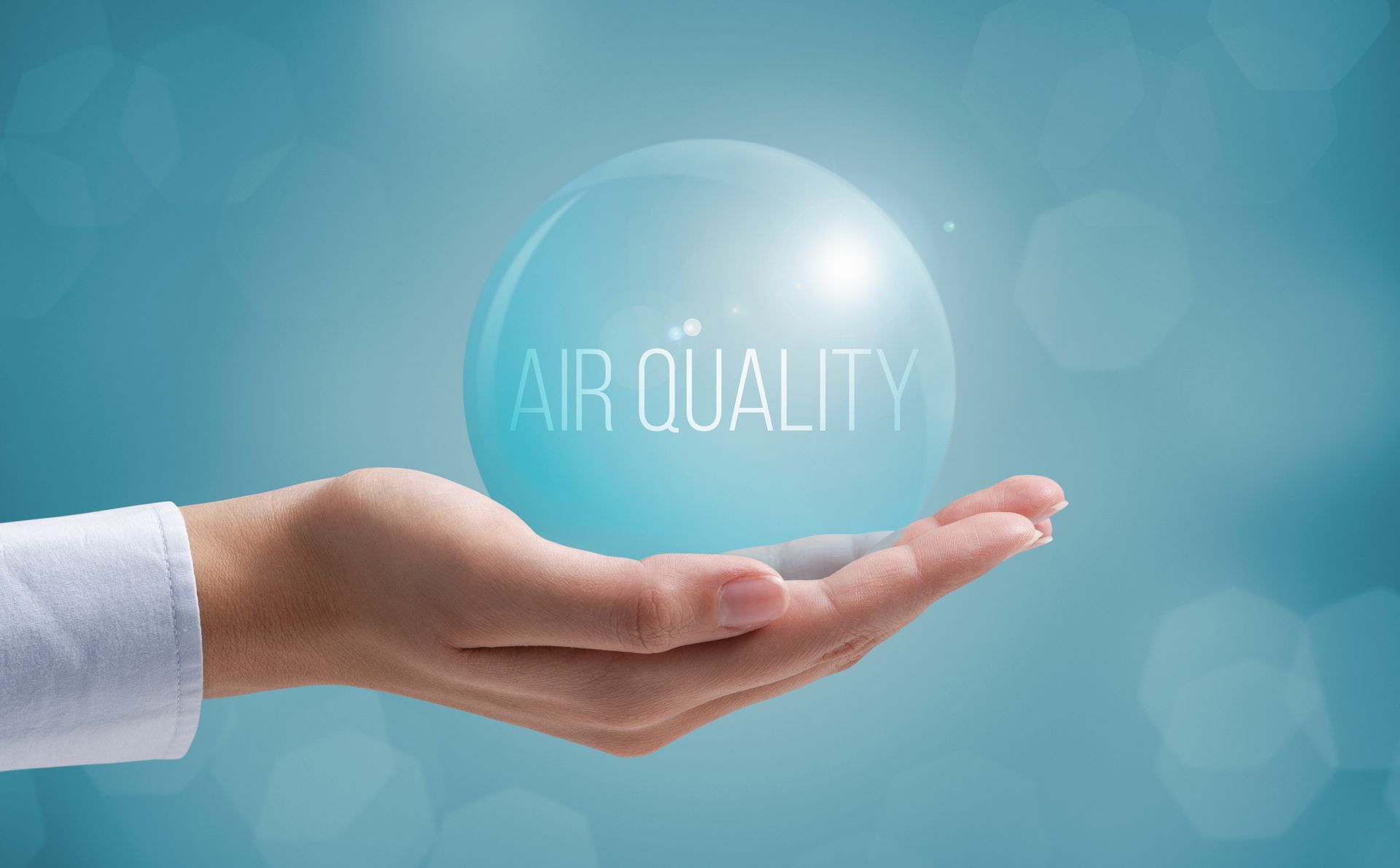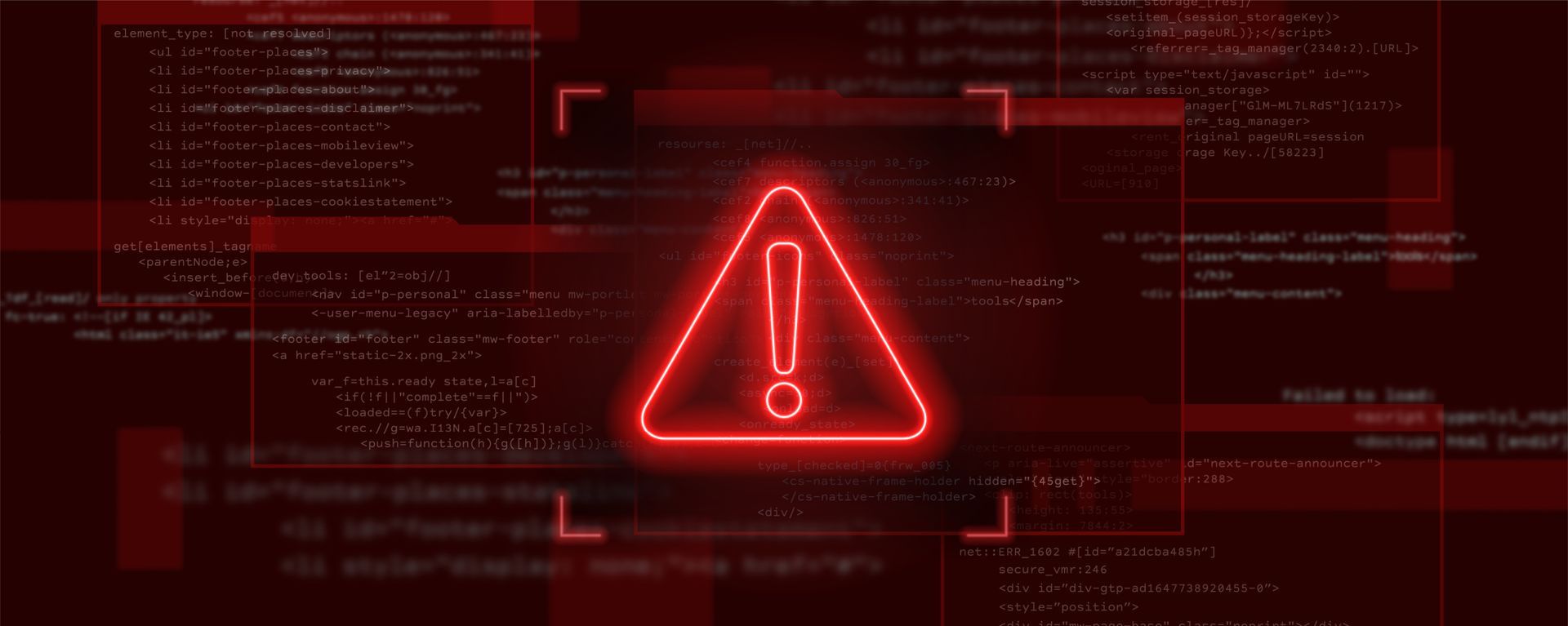Is Retrofitting a Commercial HVAC System a More Affordable Alternative to Replacement?
Share
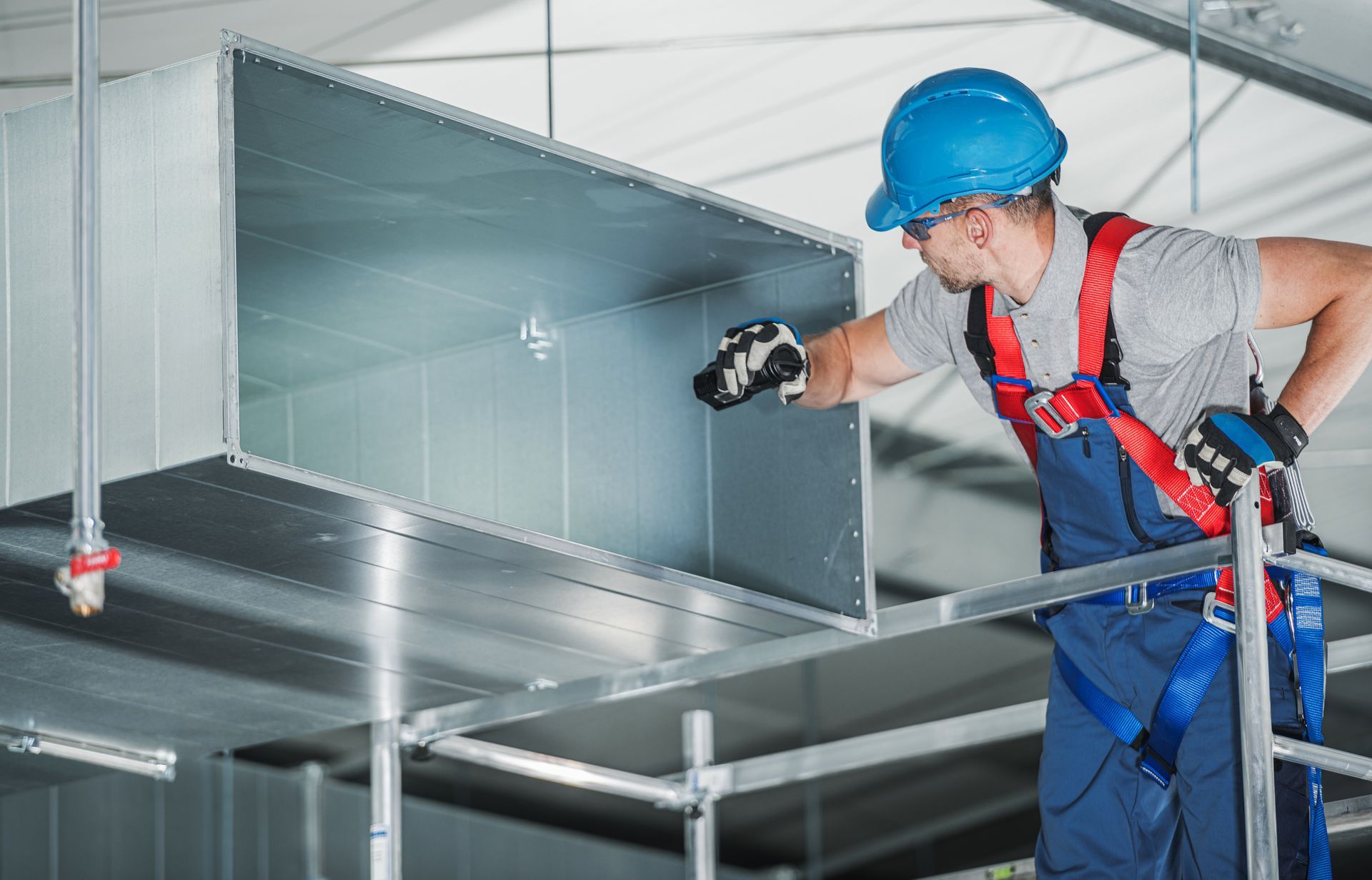
For facility managers and property owners saddled with an aging HVAC system, there’s always a point where something major breaks and you’re forced to ask the big question: do we replace the system entirely or try to repair and retrofit what’s already there?
Retrofitting often feels like a smarter short-term move, especially when budgets are tight or the owner is thinking about selling. But is it actually a more affordable long-term solution?
The answer depends on your system’s age, condition and performance, as well as your building’s size, insulation, layout and the goals you’re trying to achieve. In some cases, retrofitting can buy you years of additional performance at a fraction of the cost of a full replacement. In others, it ends up costing more in repairs, inefficiencies and lost productivity.
What Does an HVAC Retrofit Involve?
Retrofitting refers to upgrading or replacing specific components within your existing HVAC system to improve performance, energy efficiency or compatibility with newer controls and refrigerants. It’s distinct from repairs, where broken or worn components are simply replaced with the same or comparable parts. Common commercial HVAC retrofits include:
- Replacing outdated air handlers or condensers
- Installing variable frequency drives (VFDs) on fan motors
- Upgrading to more efficient thermostats or building automation controls
- Adding economizers or demand ventilation systems
- Swapping out obsolete refrigerants or metering devices
Retrofits can range from relatively simple add-ons to complex mechanical overhauls. The key difference is that the core infrastructure, like ductwork, piping and electrical systems are largely preserved.
When Is Retrofitting a Viable Option?
Not every HVAC system is a good candidate for retrofitting. The most viable systems tend to meet several criteria:
- Still structurally sound: The ductwork, air handlers and core system components are intact and functioning.
- Under 20 years old: While some older systems can be retrofitted, the closer they are to end-of-life, the less ROI a retrofit offers.
- Consistent building use: If your facility has steady occupancy and moderate environmental demands (like an office, school or house of worship), retrofitting can often meet those needs without a full system swap.
- No major changes planned: If you’re not planning a renovation, expansion or significant change in occupancy, retrofitting allows you to extend the current system’s life without overhauling everything.
Comparing Costs: Retrofit vs. Replacement
In most cases, retrofitting costs less upfront than replacing your HVAC system. A full replacement often involves:
- New equipment
- Duct redesign
- Electrical or structural work
- Downtime and logistical disruptions
Retrofitting minimizes these expenses. You’re only replacing what’s necessary. In many cases, a targeted retrofit might extend system life by five to ten years, giving you time to budget and plan for future replacement. There may also be better HVAC equipment available by the time you need to replace it, and upgrading to a more efficient system may be more affordable.
What You Might Lose by Avoiding Full Replacement
While retrofits can make sense financially in the short term, there are trade-offs:
- Reduced performance: Older systems may have poor airflow design, inefficient duct routing or limited compatibility with modern high-SEER equipment.
- Limited efficiency gains: Older components, even when upgraded, won’t reach the energy performance of a brand-new system.
- Partial compatibility: Mixing old and new components can lead to suboptimal performance or maintenance challenges down the line.
- Fewer incentive opportunities: Utility rebates and tax incentives often require full system upgrades to qualify.
- Shorter life extension: Retrofitting rarely adds more than 5–10 years of usable life. A new system could give you 20+.
If your goal is long-term stability, predictability and lower maintenance, a full replacement may actually be the better value, particularly if your current system is already nearing the end of its useful life.
Signs That It’s Time to Consider Full Replacement Instead
Retrofitting makes sense when the system still has life left in it. If you’re dealing with any of the following, though, it may be time to stop putting off a full replacement:
- The system is more than 20 years old
- You’ve had multiple component failures in the past two years
- Occupants are consistently complaining about noise, temperature or air quality
- Your building’s use or occupancy is about to change dramatically
- Old replacement parts are becoming harder to source or service
Our Commercial HVAC Contractors Can Explain the Pros and Cons of Retrofitting for Your Facility
At Tom’s Commercial, we don’t push replacements when a retrofit would do the job. We also won’t recommend retrofitting if we know it will just delay the inevitable by a handful of years.
We’ve worked with churches, schools, warehouses and professional office spaces across Arlington and the surrounding DFW area. Call Tom’s Commercial today at 972-255-5821 and schedule a consultation to learn what makes the most financial sense for your facility.

